
Image copyright
Science Museum Group
The Yorkshire scenery often features in the pictures, as here at Ribblehead in the 1960s
An archive of 12,000 pictures from one of “Britain’s best railway photographers” is being digitised at The National Railway Museum.
Taken by Bishop Eric Treacy over about 40 years they are mostly in black and white and feature steam locomotives and the men who worked on them.
He was taking railway pictures at a station in Cumbria when he died in 1978.
The museum said Treacy’s pictures were “of a way of life that’s now entirely gone”.
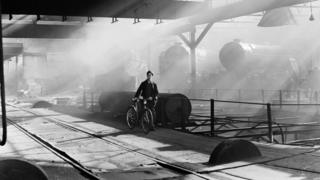
Image copyright
Science Museum Group
A picture taken inside the York engine shed in the early 1950s
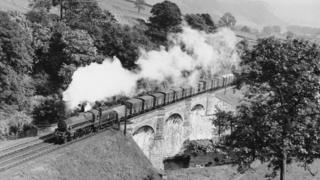
Image copyright
Science Museum Group
Treacy, although born in London, enjoyed photographing the Settle to Carlisle line, as seen here
Ed Bartholomew, lead curator at the museum, said: “Eric Treacy was one of Britain’s best railway photographers.
“His evocative images successfully capture our long-lasting fascination with the power of the steam railway, both in its heyday and declining years.
“They weren’t just excellent records of the locomotives and rolling stock, but of a way of life that’s now entirely gone.”
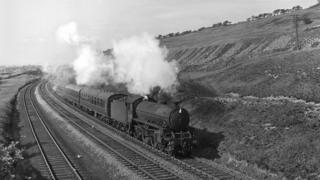
Image copyright
Science Museum Group
Bishop Eric Treacy often photographed engines making steam on steep gradients
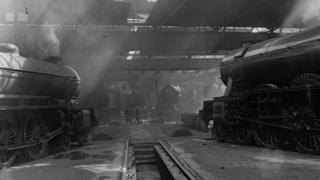
Image copyright
Science Museum Group
Ed Bartholomew said Treacy “caught the steam railway, both in its heyday and declining years”
The camera-clicking cleric was born in 1907 in London but most of his photographs actually feature northern scenes.
He became a deacon in the Church of England in 1932, served as an army chaplain in World War Two and rose to be the Bishop of Wakefield before retiring in 1976.
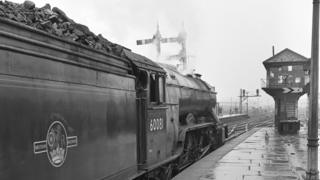
Image copyright
Science Museum Group
This locomotive is at Leeds but there were rarely records of the location of Treacy’s pictures
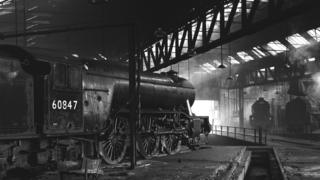
Image copyright
Science Museum Group
The National Railway Museum archive in York now holds Treacy’s collection of evocative photographs
It was after the war that Treacy moved to Yorkshire and took many railway pictures in the county.
His favourite subject was the Settle to Carlisle line, often amid the scenery of the Yorkshire Dales.
Ian Beesley, an acclaimed photographer, said: “I know his work and early on in my career he was an influence as he photographed around Yorkshire.
“He was meticulous in his pictures and had a set style, he was like a collector and interested in the details of the things he shot.”
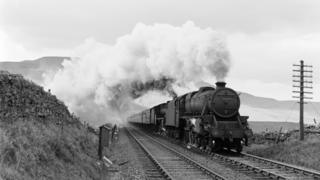
Image copyright
Science Museum Group
Treacy also took pictures of diesel engines but his pictures of steam sum up the era
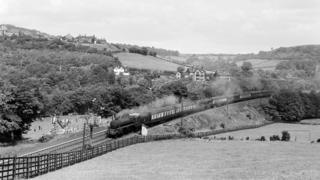
Image copyright
Science Museum Group
In Yorkshire he served as the Rector of Keighley, Archdeacon of Halifax, Bishop of Pontefract and Bishop of Wakefield
Treacy died suddenly in 1978, appropriately enough at Appleby Station in Cumbria while photographing the locomotive Evening Star.
A plaque on the station commemorates him as a “lover of life and railways”.
British Rail named an electric locomotive after him in honour of his contribution to railway photography in 1979.

Follow BBC Yorkshire on Facebook, Twitter and Instagram. Send your story ideas to yorkslincs.news@bbc.co.uk.
Source link

